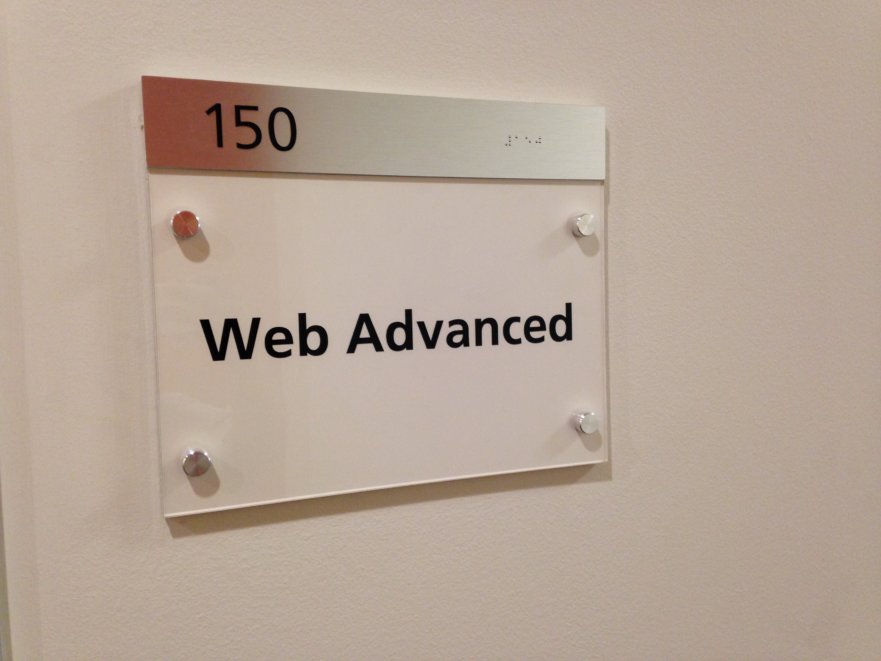The Americans with Disabilities Act, commonly known as the ADA, was passed in 1990 to prohibit discrimination based on a physical disability. One of the major areas impacted by the ADA is signage. The act makes sure that certain types of signage are easily read by people with visual impairments. ADA compliant signs enhance accessibility and navigability of buildings more broadly than conventional signage. But signage that is easy to read for people with visual impairments doesn’t need to be limited to the signs specifically outlined in the ADA guidelines—businesses, buildings, and other public and private spaces can promote inclusiveness by making all types of signage easy to read for everybody.
What Signs are Required to be ADA Compliant?
It is important for business owners and building owners to know the laws around ADA compliant signage because there are serious legal issues that can arise for buildings that are not in compliance. The ADA Accessibility Guidelines outline the types of signs that need to meet the ADA guidelines. According to the guidelines, all “permanent rooms” require compliant signs. A permanent room is a room that contains fixtures that are not easily changed – for example kitchens, restrooms and electrical rooms. This means that rooms where the purpose or occupants change more frequently, such as cubicles, classrooms and some offices, do not technically require ADA-compliant signs.
But just because it is not technically required by law doesn’t mean there aren’t benefits to putting ADA-friendly signs on rooms that do not legally require ADA-compliant signage. Nearly 10% of adult Americans are visually impaired in some way. Properly designed, high contrast ADA signs, with appropriately sized braille and tactile text, help ensure accessibility to all groups of people, including seniors, people with visual impairment, and people who are blind. And as an added bonus, making all signs ADA-complaint ensures compliance with the March 15, 2011, updated ADA Accessibility Guidelines affecting places of public accommodation, commercial facilities, and state and local government facilities.
Making Suite and Office Signs ADA-Compliant
Property managers and building owners are faced with the task of making office signs and suite plaques easily changeable, while still maximizing accessibility. Our advice is to make the permanent portion of the sign, such as the suite number or office number, ADA-compliant, while providing a method for tenant or occupant names to be changed. The photo above shows one example of that type of sign. Note that when well designed, ADA signs can be fabricated in a way that looks good, and coordinates well with other design elements of the indoor décor. So, you are not limited to the stock blue plastic ADA signs for your office space. For more on making attractive ADA-compliant signs, check out our blog post on ADA signage.
At Starfish Signs & Graphics, our experienced sign designers will help you ensure that your space is accessible, that your signs are ADA compliant, and that your décor reflects the quality and aesthetics of your business. Contact us today to discuss your project.

